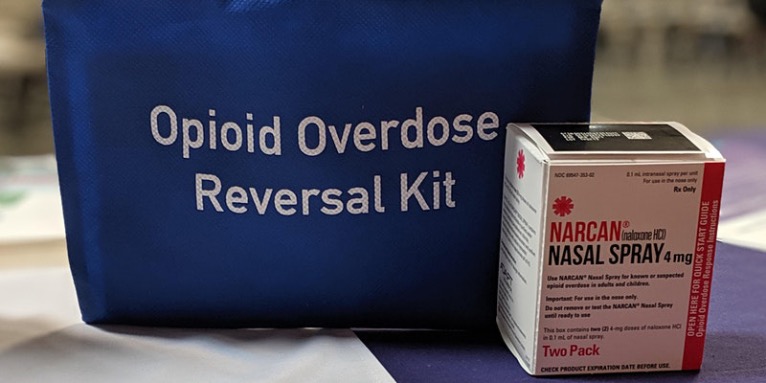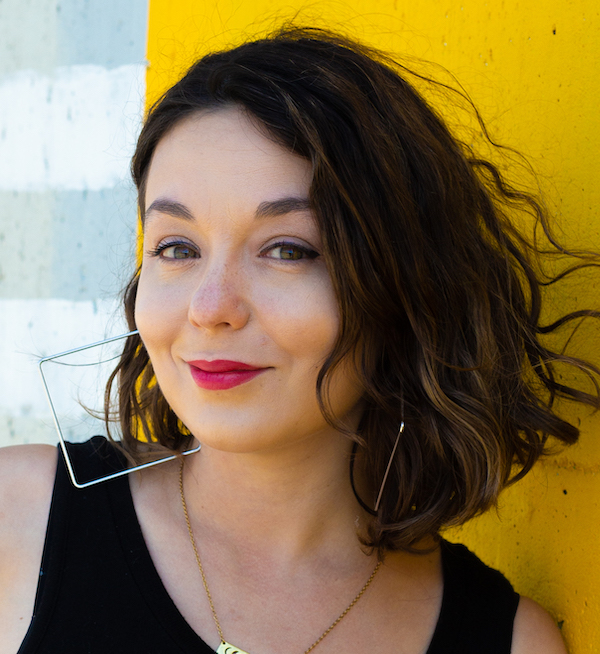
- Details
- By Elyse Wild
After the U.S. Food and Drug Administration approved the distribution of Narcan without a prescription last spring, CVS, Walgreens, Walmart and Rite Aid are rolling out Narcan for over-the-counter purchasing. Among the retailers, the price for a box that contains two doses of Narcan from the retailers is $45.
Narcan is a nasal spray that binds to the brain’s opioid receptors, blocking and reversing the effects of an opioid overdose within seconds. It can be administered by persons with no medical training. The drug has proven crucial to saving lives as overdoses surge across the United States. While Narcan is highly effective, it is important to note that some overdoses require more than one dose.
The National Harm Reduction Coalition has created a comprehensive map of community-based harm reduction programs that offer Narcan for free across the U.S. The locations have been vetted by Coalition staff, and the map is updated on a bi-monthly basis. The map can be accessed here.
Narcan can be ordered from the online harm reduction platform NEXT Distro, which has partnered with more than 30 harm reduction clinics, including Gwayakobimaadiziwin Bad River Harm Reduction, run by the Bad River Band of Lake Superior Chippewa, to maximize Narcan access.
Deaths from overdoses have surged in recent years. According to the Centers for Disease Control and Prevention (CDC), more than 103,000 Americans died in opioid-related incidents in 2022. That’s up more than 200% since 2000, according to CDC data.
While Americans of all races and ethnicities have been affected, the proliferation of opioid deaths has disproportionately affected Black, Indigenous, and People of Color (BIPOC) communities, especially Indigenous people. In 2020, Native Americans’ opioid mortality increased 39% over the prior year — the second-highest rate of increase behind African Americans, according to the CDC.
More Stories Like This
‘A good stew is a story’ Blackfeet buffalo rancher shares Three Sisters Buffalo Stew recipeNational Indian Health Board Urges Congress to Extend Enhanced Premium Tax Credits
$1.25 Million Grant Gives Hope to Tolowa Dee-ni' Nation Amid Housing Crisis
HHS Repeals Nursing Home Staffing Requirements, Citing Relief for Tribal Facilities
Native Americans Face Second-Highest Gun Death Rate in U.S., New Study Shows

